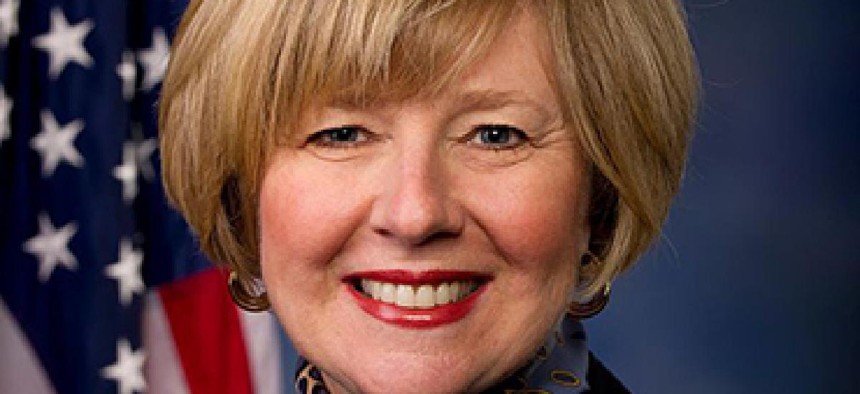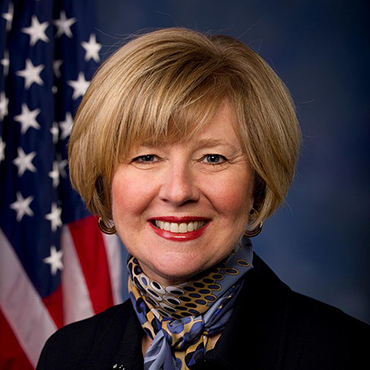DHS could get a bit more social

Bill would open up DHS social media workgroup to more private-sector input.

Indiana Republican Rep. Susan Brooks says she has seen the value of social media in disaster response in her home state.
Legislation moving through Congress would put a more-public face on the Department of Homeland Security Science and Technology Directorate's existing committee charged with harnessing social media in the wake of public emergencies, including terrorist attacks.
Rep. Susan Brooks (R-Ind.), chairwoman of the Homeland Security Emergency Preparedness, Response and Communications Subcommittee, cosponsored the Social Media Working Group Act of 2014 (H.R. 4263) with Rep. Donald Payne (D-N.J.). The House passed the measure July 8.
Both Brooks and Payne noted in speeches on the House floor that they had seen public social media use ameliorate the impact of natural disasters in their states, and urged DHS to put these tools to use.
A DHS spokesman pointed out that the department has been using social media on many fronts to supplement its disaster recovery efforts. He said, however, that the amendment would open those efforts even further by tapping into lessons on how the private sector uses social media in emergency situations.
DHS established its Virtual Social Media Working Group (VSWG) in late 2010 to tap the social media skills that local first responders had developed in emergency response situations. That group, which DHS said is made up of "a cross-section of subject matter experts from local, tribal, state, territorial, and federal responders from across the United States," remains the agency's go-to social media resource on how to leverage services like Twitter in mass emergency response.
The bill, a subcommittee spokesman said, authorizes the VSMWG to add private-sector representation to the panel. The group would meet twice yearly, according to the legislation, and submit a yearly report to Congress on emerging and current social media trends, as well as best practices.
"The bill proposes to expand the work that S&T has already been doing with emergency managers," a DHS spokesman said. "This expansion could potentially provide insight into how the private sector uses social media in relation to emergency response and recovery."
As the 2014 hurricane season began, the VSMWG released a report that it said addressed various challenges associated with the use of social media for situational awareness and integration of social media within the operational environment, and identified areas requiring further consideration, research, and development.
The public safety community, said the report, leverages various data sources – including land mobile radio, maps, computer-aided dispatch, crisis management systems, traffic cameras, geographic information systems, and windshield assessments – to achieve and maintain situational awareness throughout all phases of the disaster.


